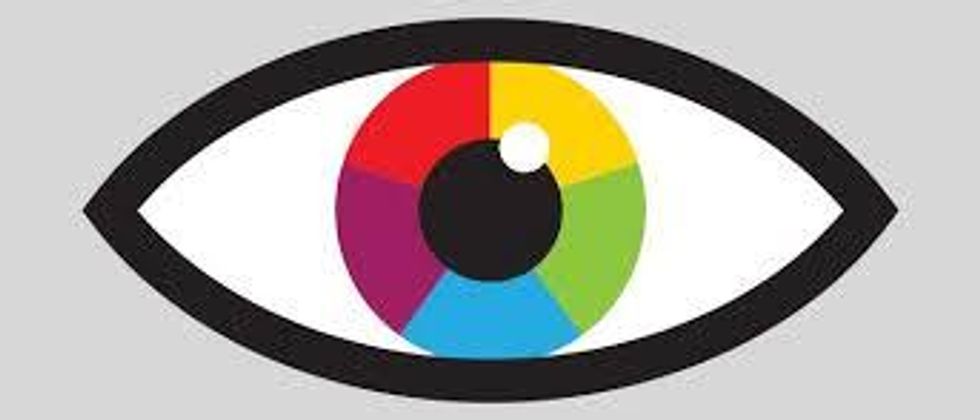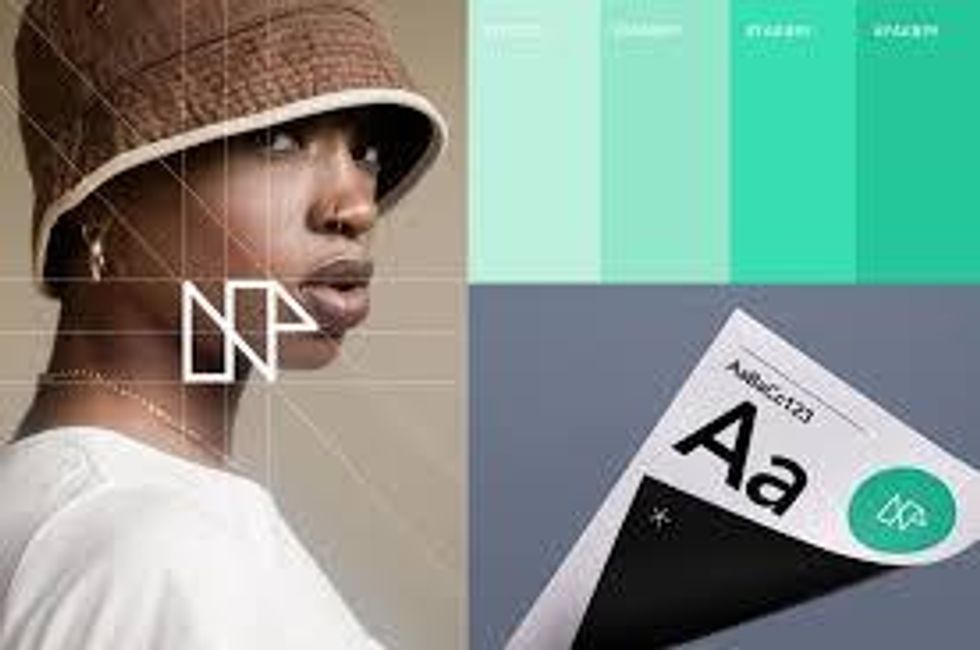
Early in my career, I worked for The Disney Channel, part of which included managing events where Disney character assets were constantly being requested. As I managed each of these events, I followed the Disney brand identity, ensuring it was implemented and executed to a tee. One of the issues I ran into quite often was people requesting events where they submitted their own Disney character art that was not approved, did not fit within the Disney visual identity, and was off-brand.
Part of Disney’s success in creating a recognizable and trusted brand is how they execute their visual identity seamlessly both internally throughout their organization and externally with all of their partners.
Brand Identity
A brand identity is how your brand defines itself. This includes the brand’s values, beliefs, and personality. It is what you want people to feel when they interact with your brand through distinct visual and audio elements.
All of your visual and audio elements need to work together to resonate with your audience in order to tell your overall brand story in a consistent, purposeful way.
A well-defined brand identity distinguishes your company and influences the way your brand is perceived in the eyes of your consumers, in turn leading to brand loyalty.
Visual Identity

A visual identity is a collection of visual assets that define the look and feel of your brand, making it unique and recognizable. It’s how you shape consumer perceptions and create a lasting impression.
Importance Of Visual Identity

Why is having a visual identity so important? Your visual identity is one of the first things consumers notice about your brand. It highlights your brand’s personality, helps create an emotional connection with your customers, and how you stand out from your competition. Your visual identity needs to capture your consumers' attention in a matter of seconds.
- Consumers process images in less than 13 milliseconds
- It takes 50 milliseconds to make a good first impression
- Consumers spend less than 10 seconds making a purchase
- 95% of purchase decisions take place subconsciously
Foundation For A Strong Visual Identity

While your appearance is the first thing that people notice about your brand, your brand strategy is the foundation that guides your visual identity. Your visual identity articulates who you are, why you exist, and what you stand for.
Here are four steps to developing your brand strategy (brand strategy template) which will help pull together your visual identity:
- Develop your brand purpose, mission, vision, & values
- Create your messaging framework: brand promise, unique selling proposition (USP), value proposition, target audience, tagline, brand essence, tone & voice
- Identify your positioning
- Construct your brand personality
Creating A Visual Identity

All of the assets in your visual identity need to work together, providing a unified message that tells a story, evokes emotion, and encourages engagement. To create your visual identity, it’s important to understand the elements included:
- Logo: Your logo is the most visible and recognizable component of your brand. Your brand logo’s job is to identify you, differentiate you, and ensure people remember you. It is the “face” of your brand. There are different types of logos to consider. A wordmark is text only—company names, monograms, or initials (Coca-Cola, Subway). A brandmark is a graphic symbol or icon represented by real-world objects (Target’s Bullseye, Twitter’s Bird). Abstract logo marks are conceptual, big picture logos consisting of a symbol that is tailor-made for you (Nike Swoosh, Microsoft Squares). Mascots are images of characters or persons that visually represent your business “spokesperson” (Pillsbury Doughboy, KFC’s Colonel Sanders). Combination logos combine both images and words (Burger King, Doritos). Emblem logos consist of a font inside a symbol or icon, usually a badge, seal, or crest (BMW, Starbucks). Dynamic marks are a new form of logos. Instead of having one standard font, color, and/or text combination for your logo, these elements can now change depending on how it is used. Monogram logos are logos that consist of letters or initials of a company (HBO, CNN). To get started developing your logo, you can work with an agency or use an online site like Canva or Namecheap’s logo maker. Be sure that your logo works across all of your platforms, marketing materials, and at different sizes.
- Typography: Typography is the style or appearance of the text you use in your branding. There are many different fonts and each one evokes different meanings and feelings. Big block letters convey power, strength, and impact while a swirling script communicates elegance, style, and femininity. You can use fonts from an existing library or design one of your own. The key is to identify primary, secondary, and tertiary typefaces that uniquely represent your brand. Be sure to test for legibility across different platforms (i.e., online, OOH, print, etc) to ensure what you’ve selected works.
- Colors: Your brand’s color palette is a set of specific color hues, shades, and tints used across all of your marketing materials. It’s important when identifying your brand colors to understand the psychology, feelings, and emotions associated with them. When selecting your colors, use a color wheel (a circle graphic that helps define the relationships between colors), one main color, two primary colors, and three to five complementary colors.
- Imagery: Imagery consists of photography, video content, illustrations, and spokespeople. In order to communicate the right message, think about the imagery you want to use (i.e., stock photos, original shots, user-generated content). Be cognizant of how you depict people, characters, and/or products.
- Graphics: Graphics can include shapes, patterns, textures, lines, and icons. These extra details can add dimension, help tie together your visual elements, and contribute to your overall brand identity.
Brand Style Guide

Your visual identity is represented in a brand style guide. A brand style guide are guidelines on how to communicate your brand and deliver a consistent visual experience to your customers. Your brand style guide should evolve over time to reflect the overall brand experience as it changes.
In Summary
Brands that have effectively taken charge of their visual identity systems are recognizable, help tell their brand story in a unique way, bring order to complexity, are authentic to their brand, and ensure consistency across all marketing channels and touchpoints. Start building your brand leadership today. You’ve got this!

 Bigstock
Bigstock Bigstock
Bigstock Bigstock
Bigstock


